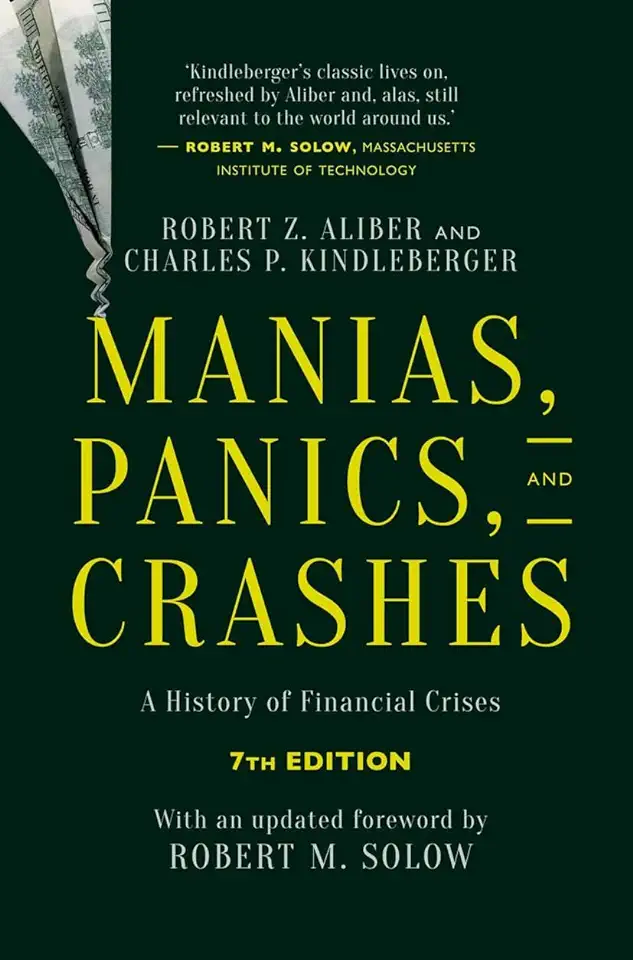
Manias, Panics, and Crashes - Kindleberger, Charles P.
Manias, Panics, and Crashes: A History of Financial Crises
Introduction
In his classic work, "Manias, Panics, and Crashes," Charles P. Kindleberger provides a comprehensive history of financial crises from the 17th century to the present day. Kindleberger argues that financial crises are not random events, but rather the result of a combination of factors, including excessive speculation, lax lending standards, and a lack of regulation.
The Causes of Financial Crises
Kindleberger identifies several key factors that can lead to financial crises. These include:
- Excessive speculation: When investors become overly optimistic about the future, they may be willing to take on more risk than is prudent. This can lead to a bubble in asset prices, which can eventually burst, triggering a financial crisis.
- Lax lending standards: When banks and other lenders lend money too freely, it can lead to a buildup of debt in the economy. This debt can become unsustainable, leading to a wave of defaults and a financial crisis.
- Lack of regulation: When financial markets are not properly regulated, it can allow for excessive risk-taking and fraud. This can increase the likelihood of a financial crisis.
The History of Financial Crises
Kindleberger provides a detailed history of financial crises from the 17th century to the present day. He discusses the causes of each crisis, as well as the impact it had on the economy and society. Some of the most notable financial crises discussed in the book include:
- The South Sea Bubble: The South Sea Bubble was a speculative bubble that occurred in England in the early 18th century. The bubble was fueled by rumors of vast wealth to be made in the South Seas. When the bubble burst, it caused a financial crisis that ruined thousands of investors.
- The Great Depression: The Great Depression was the most severe economic crisis in modern history. It began in the United States in 1929 and lasted for over a decade. The Great Depression was caused by a combination of factors, including excessive speculation, lax lending standards, and a lack of regulation.
- The Global Financial Crisis: The Global Financial Crisis was a severe financial crisis that began in 2007 and lasted until 2009. The crisis was caused by a combination of factors, including excessive speculation in the housing market, lax lending standards, and a lack of regulation.
The Lessons of Financial Crises
Kindleberger concludes his book by discussing the lessons that can be learned from financial crises. He argues that financial crises are not inevitable, but can be prevented by taking steps to address the underlying causes. These steps include:
- Prudential regulation: Financial markets need to be regulated to prevent excessive risk-taking and fraud.
- Sound monetary policy: Monetary policy should be used to promote economic stability and prevent inflation.
- Fiscal responsibility: Governments need to be fiscally responsible to avoid creating unsustainable levels of debt.
By taking these steps, we can help to prevent future financial crises and protect the economy and society from their devastating effects.
Conclusion
"Manias, Panics, and Crashes" is a must-read for anyone interested in financial history. Kindleberger provides a comprehensive and insightful analysis of the causes and consequences of financial crises. The book is essential reading for anyone who wants to understand the risks and rewards of investing and the importance of financial regulation.